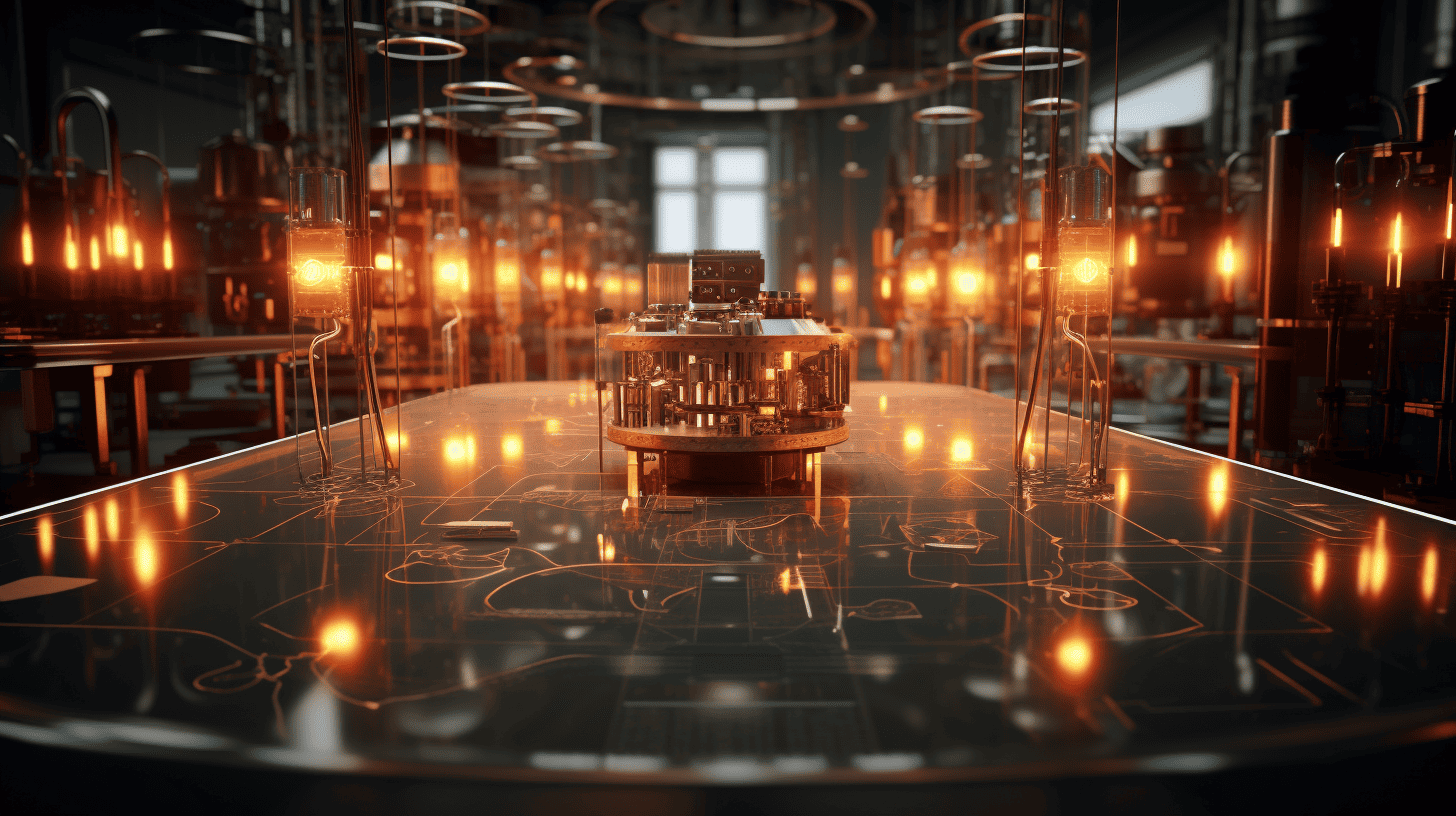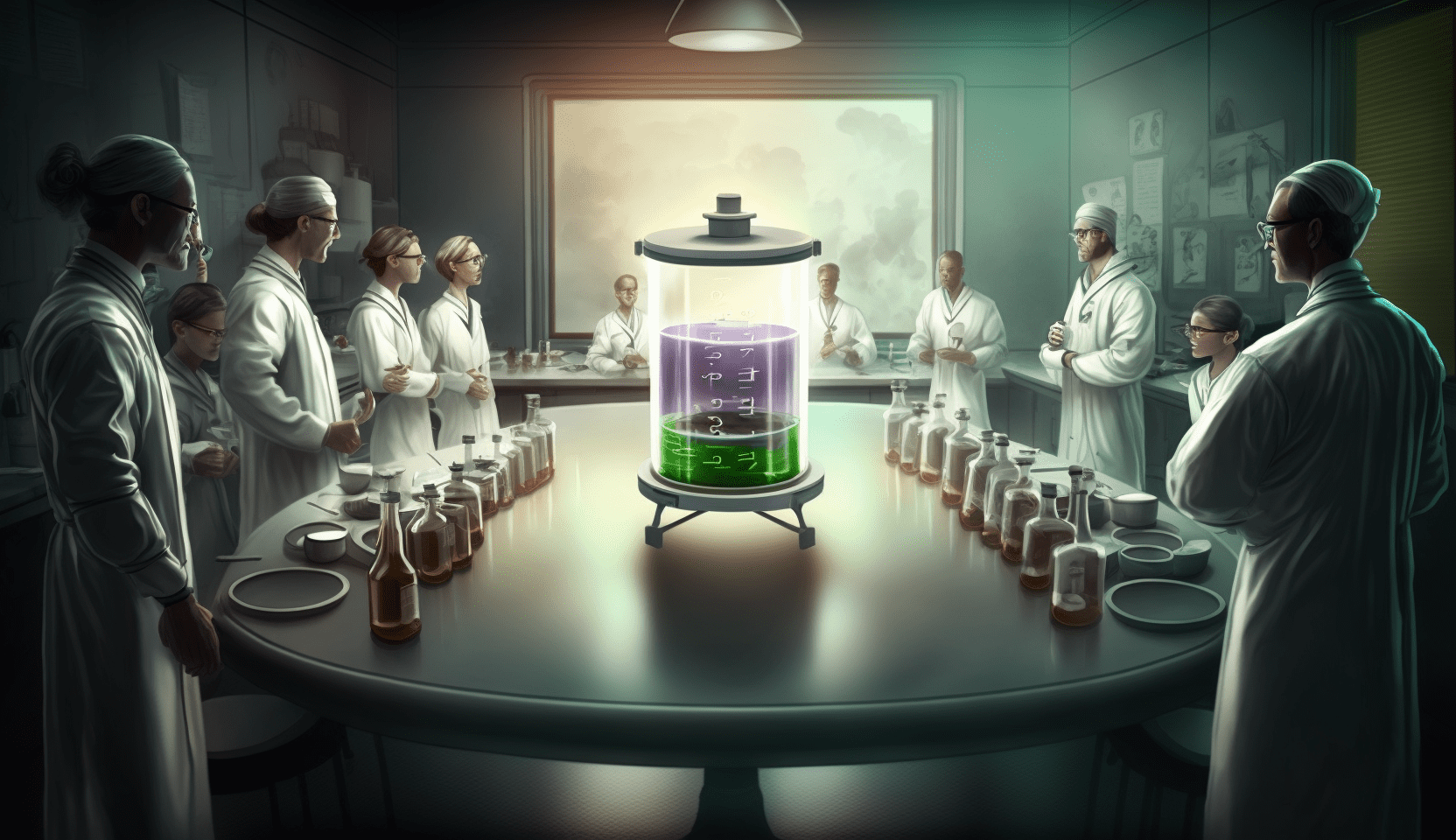
The results of a study by the researchers of the Politecnico di Milano, the Chalmers University of Gothenburg, the Università Sapienza di Roma and the Sincrotrone Europeo ESRF could bring about a revolution in electricity production and distribution systems, reducing energy costs, writes Politecnico di Milano in a press release.
The study, published in the prestigious Science magazine, reveals the unique behaviour of cuprates, superconductor materials composed of copper, oxygen and other elements.
Superconductors are materials inside which electric current travels, below a certain critical temperature, with no resistance and therefore without wasting energy. Cuprates have an important property: even at a higher temperature than the critical one, when they are in a “normal” state and therefore do not display zero resistance, they behave in a non-conventional way. And in fact this has led to them being known as “strange metals”. This strangeness lies in the fact that their resistivity increases in line with the temperature, something that does not usually occur for normal metals. The international study shows that, in the normal state, the presence of charge density waves modifies the “strange metal” behaviour type of the cuprates and brings it more into line with that of normal metals.
“This type of observation is highly significant because it finally shows a correlation between macroscopic properties (resistivity in the normal state, superconductivity) and microscopic properties (charge density waves). This may be the key to the problem long sought after by the theoreticians, a solid foundation on which to finally build the explanation of why superconductor cuprates behave in such a unique way”, explains Giacomo Ghiringhelli, professor of Experimental Physics at the Politecnico di Milano.
To comprehend the importance of this discovery, we must consider that superconductivity is the most spectacular macroscopic manifestation of quantum physics, visible to the naked eye, essential for describing the phenomena on the atomic scale but not usually on the macroscopic scale. However, superconductivity is a macroscopic quantum phenomenon. Now we are discovering that even at a high temperature, in the “normal” state, cuprates display quantum behaviour, so can be defined as “ultra-quantum” matter.
Also interesting: TU Delft set to future-proof electricity grid
Selected for you!
Innovation Origins is the European platform for innovation news. In addition to the many reports from our own editors in 15 European countries, we select the most important press releases from reliable sources. This way you can stay up to date on what is happening in the world of innovation. Are you or do you know an organization that should not be missing from our list of selected sources? Then report to our editorial team.






